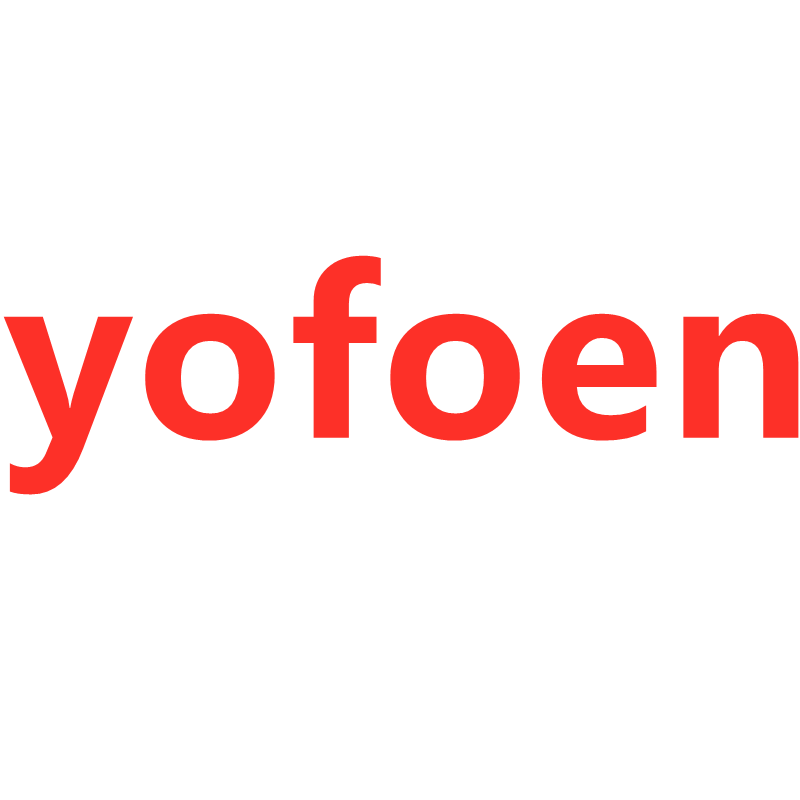1. CNC processing stage
1. Preliminary preparation
Material Selection: Choose materials based on product requirements, such as aluminum alloys (e.g., 6061, 7075), stainless steel, nylon, or acrylic. Aluminum alloys are the most commonly used metals, suitable for sandblasting and anodizing treatments.
Drawing Design: Use software such as CAD, UG, or Pro/E to design 3D models, specifying dimensional accuracy (typically ±0.05 mm) and surface roughness requirements.
Programming and Fixturing:
Convert the 3D model into G-code recognizable by the CNC machine, setting cutting parameters such as spindle speed, feed rate, and cutting depth.
Choose appropriate fixtures (such as flat-nose pliers, vacuum suction cups) to fix the material to ensure stability and no displacement during processing.
2. Cutting
Rough Machining: Use large-diameter tools to quickly remove most of the material, forming the basic shape of the product while leaving 0.5–1 mm allowance for finishing.
Finishing: Switch to smaller-diameter tools (such as ball-end mills or end mills) for detailed carving, ensuring dimensional accuracy and surface smoothness, and remove any burrs afterward.
Inspection: Use a coordinate measuring machine (CMM) to verify whether the dimensions meet the drawings; any deviations require rework and correction.
II. Sandblasting Treatment
1. Effect
Surface Pre-treatment: Remove residual tool marks and oil from CNC machining, roughen the surface, and enhance the adhesion of subsequent anodized layers.
Appearance: Creates a uniform matte texture that conceals minor machining imperfections.
2. Steps
Equipment: Sandblasting gun / sandblasting cabinet, used with abrasives of different grit sizes (such as aluminum oxide or glass beads).
Parameter Control:
Abrasive Grit: Higher grit numbers (e.g., 240 grit) produce a finer surface, while lower grit numbers (e.g., 60 grit) result in higher roughness.
Sandblasting Pressure: Typically 0.3–0.6 MPa; higher pressure produces a rougher surface.
Distance and Angle: Keep the nozzle 10–15 cm from the workpiece at an angle of 45°–60°, moving evenly to ensure uniform sandblasting.
Post-treatment: After sandblasting, use compressed air to remove residual abrasive particles from the surface, or employ ultrasonic cleaning to eliminate grease.
3. Oxidation treatment (anodization)
1. Effect
Protective Performance: Forms a dense oxide layer (Al₂O₃) on the metal surface, enhancing corrosion resistance and wear resistance.
Coloring Function: Various colors can be applied to prototypes through electrolytic or organic dyeing (e.g., silver, black, blue, etc.).
2. Operation process (taking aluminum alloy as an example)
Degreasing: Use an alkaline solution (such as sodium hydroxide) or ultrasonic cleaning to remove surface grease.
Acid pickling: Immerse in dilute nitric acid solution to remove metal debris and oxides remaining after sandblasting and activate the surface.
Anodizing:
The workpiece is used as the anode and immersed in sulfuric acid electrolyte. Direct current is passed through (voltage 10-20V, temperature 15-25℃) to form an oxide film (usually 5-25μm thick).
Time control: The oxide film thickness increases with time and needs to be adjusted according to demand (e.g. 5μm takes about 15 minutes).
Coloring (Optional):
Electrolytic Coloring: Pass an electric current through a solution containing metal salts, causing metal ions to deposit into the pores of the oxide layer to produce color (e.g., tin salts yield silver, nickel salts yield black).
Organic Dyeing: Immerse in an organic dye solution (such as acid dyes); the color adheres through adsorption, producing vibrant hues but with lower lightfastness.
Sealing: Immerse the workpiece in hot water (80–95 ℃) or a nickel salt solution to close the pores of the oxide layer, preventing dye loss and enhancing corrosion resistance.
Drying: Air dry or tumble dry at a low temperature (≤60 ℃) to prevent color changes caused by high heat.
4. Laser engraving
1. Effect
Marking Function: Engrave text, patterns, QR codes, and other markings that remain permanent and are resistant to wear.
Decorative Effect: Use laser etching to create varying depth patterns on the surface, achieving a visual contrast between matte and glossy areas.
2. Steps
Equipment: CO₂ laser machines (suitable for non-metals) or fiber laser machines (suitable for metals, such as aluminum alloys).
Parameter Settings:
Power: Metal engraving typically requires 20–50W; higher power results in greater engraving depth (generally 0.05–0.3mm).
Speed: 50–500mm/s; slower speed increases depth but requires balancing efficiency and precision.
Focal Length: Adjust the distance between the laser head and the workpiece to ensure a clear focused spot.
Programming and Positioning:
Use laser engraving software (e.g., CorelDRAW, AutoCAD) to design patterns and generate engraving paths.
Secure the workpiece on the laser machine worktable and align it precisely using a camera or positioning pins.
Engraving Execution: Activate the laser to scan and engrave along the set path. During the process, use an air assist device to remove smoke and dust, ensuring clarity.
V. Precautions and Common Issues
1. Process Sequence Impact
Must be strictly followed:CNC machining → Sandblasting → Oxidation → Laser engraving.
If oxidation is performed before sandblasting, the oxide layer may be damaged; if laser engraving is done after oxidation, the engraved marks may be obscured.
2. Surface Defect Control
Uneven Sandblasting: May cause inconsistent coloration after oxidation. Ensure uniform sandblasting pressure and angle.
Oxide Layer Bubbling: Caused by inadequate degreasing or excessively high temperature during electrolysis. Strictly control pre-treatment and electrolyte temperature.
Blurred Laser Engraving: Due to insufficient laser power or workpiece movement. Calibrate the equipment and ensure secure fastening.
3. Material Compatibility
Non-Metallic Materials(e.g., Nylon, Acrylic): Cannot be oxidized; after sandblasting, they can be directly laser engraved or spray-painted.
Stainless Steel: Poor oxidation effect; typically, PVD coating is applied after sandblasting, or direct laser engraving is performed.
VI. Application Scenarios
Product Prototype Validation: Such as hand model production for consumer electronics (e.g., phone cases, laptop shells), automotive parts, and medical devices, simulating mass production effects through various post-processing techniques.
High-End Custom Components: Such as aerospace parts and precision instrument panels, where oxidation and laser engraving enhance texture and functionality.
Through the above processes, CNC-machined products can be transformed from “blanks” into finished items with industrial-grade appearance and performance, meeting requirements for design validation, sample presentation, and small-batch production. In practice, parameters should be adjusted flexibly according to material characteristics and process requirements to ensure each post-treatment step achieves the desired results.
